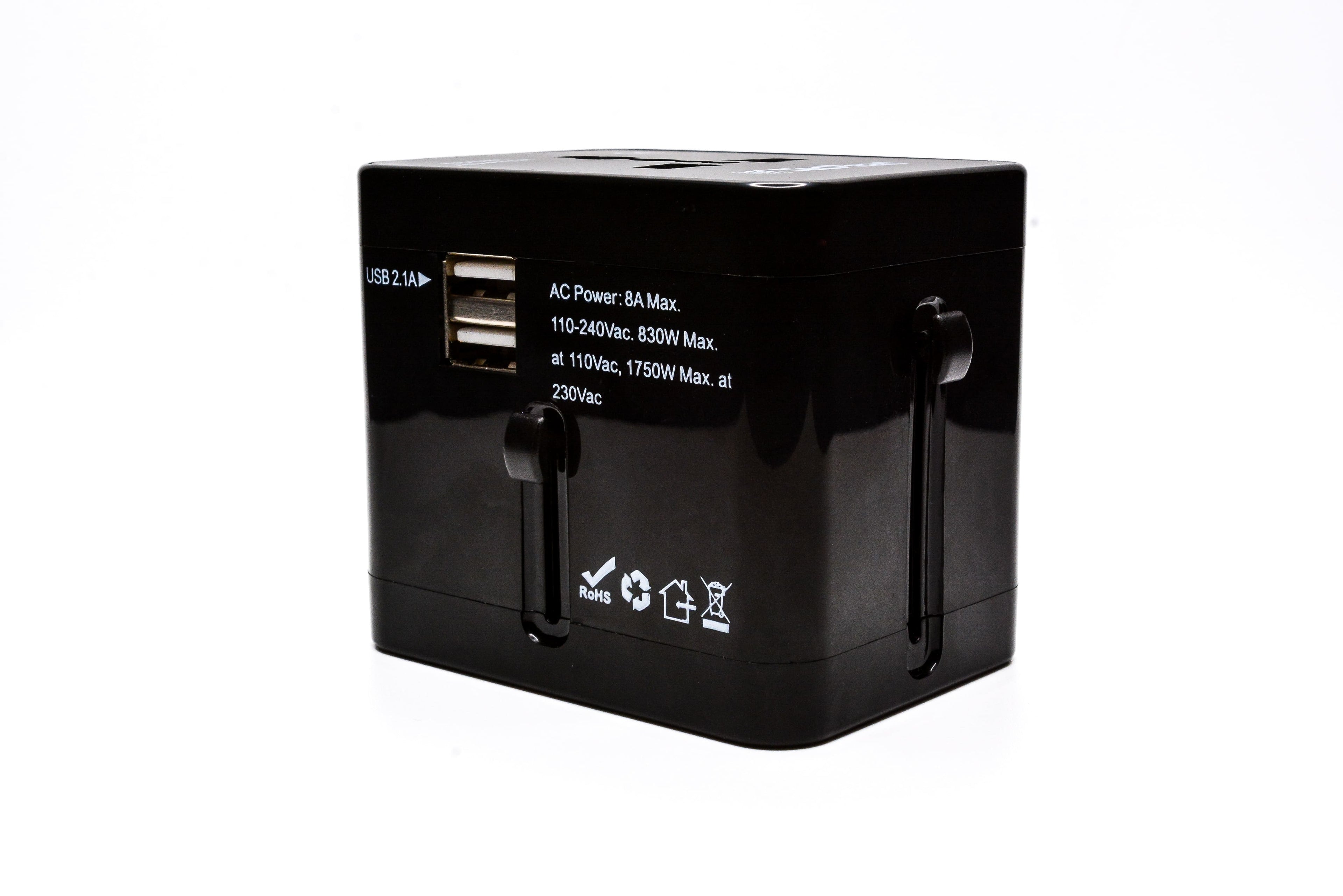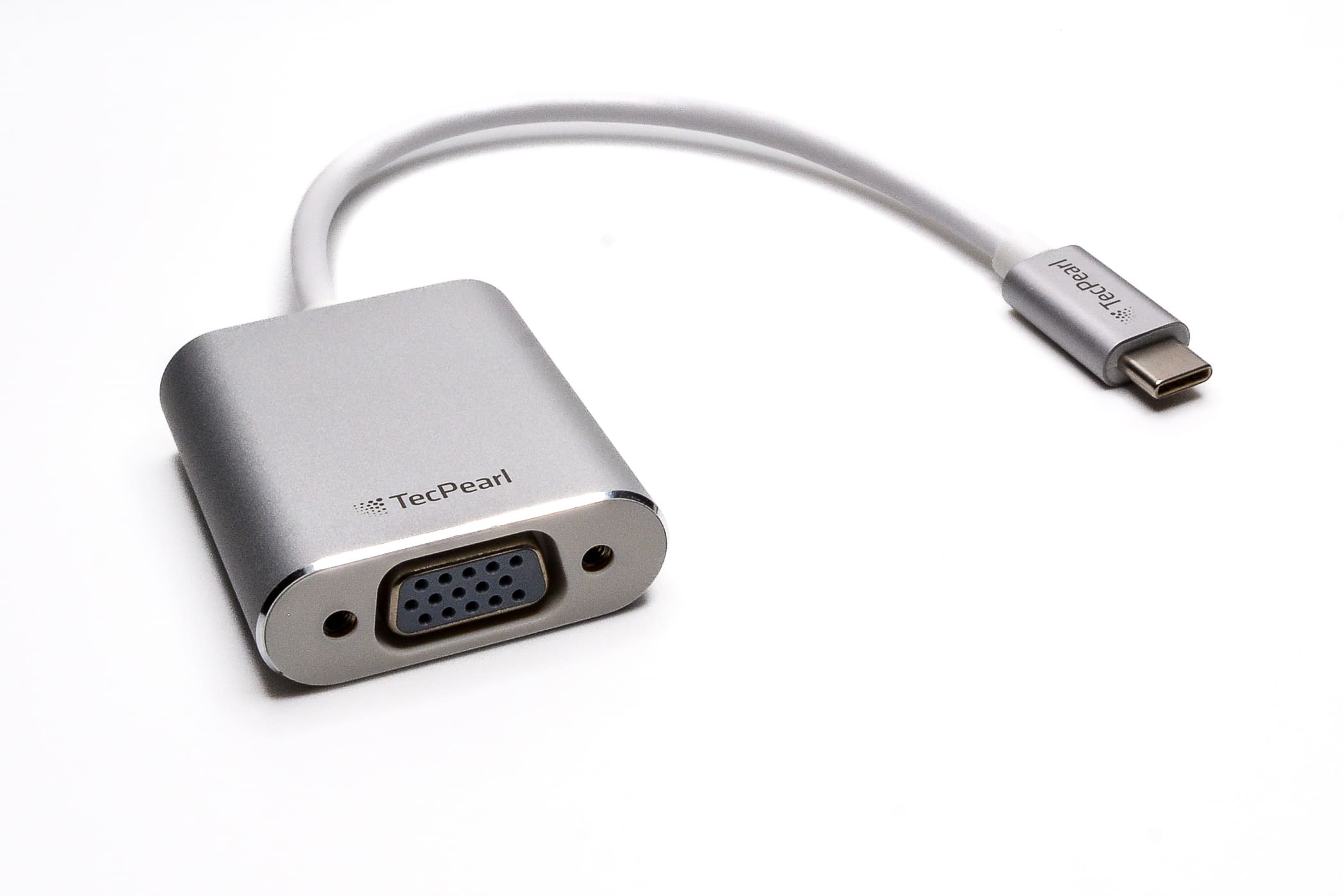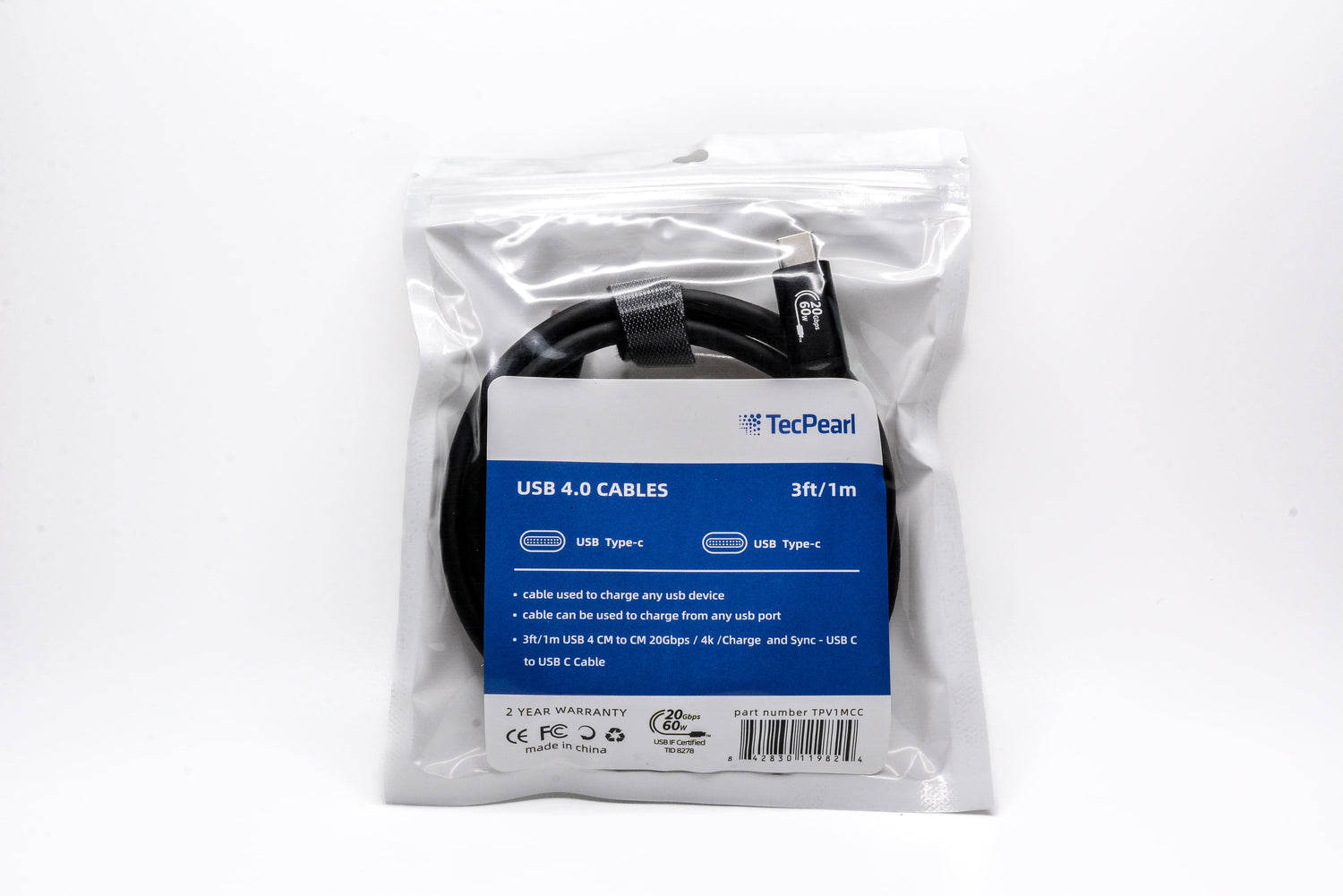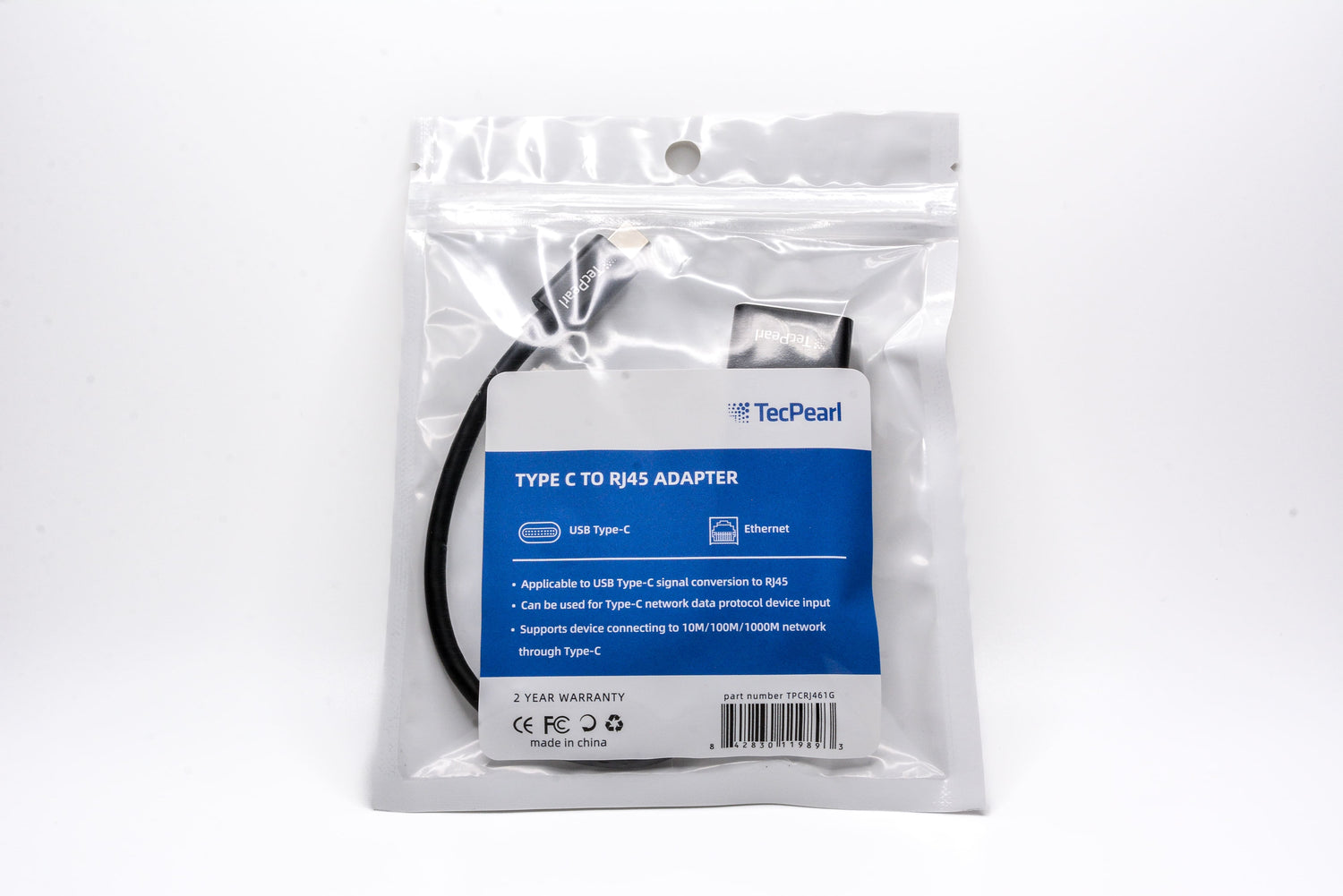

FIND DRIVERS
What are Plug and Play Drivers?
An ergonomic keyboard may just be what the doctor ordered to help with your typing posture – and perhaps aid you in avoiding carpal tunnel issues someday.
As you plug it into your Windows 10 laptop, you notice that – without interaction from you – it’s ready to go before you are.
Still, you’re not necessarily surprised. After all, Plug and play devices (for PC machines) have been around since the dawn of Windows 95.
What Makes a Driver Plug and Play?

What are Plug and Play Drivers?
Once upon a time, computers required users to manually configure hardware attached – using jumpers or dip switches. In those days, there was still work to be done after plugging (and before playing).
Things have come a long way, though not all devices have drivers that support Plug and Play standards. It is very common for keyboards or mouses to have plug-and-play basic functionality, but things like macros, DPI modification, or light changes may require an advanced driver.

Automatic Recognition of Devices
When you add that new device, Windows should immediately start to determine if it is PnP compatible. The ability to successfully detect the hardware automatically is the first step.

Loading of the Proper Drivers
This is an essential piece since simply detecting a device does not mean it will start magically working. Windows must also be able to configure this device.
All devices require code that is explicitly written to allow communication with the hardware to occur. These are called device drivers. A PnP device should allow for Windows to automatically find and apply these drivers.
PnP Manager
With all this auto-detecting and loading of drivers going on, there must be some name for the service that controls it.
That would be the PnP Manager – which provides support for Plug and Play in Windows. Its core functionality is to detect hardware during booting or when adding (or removing) a device while the O/S is running.
